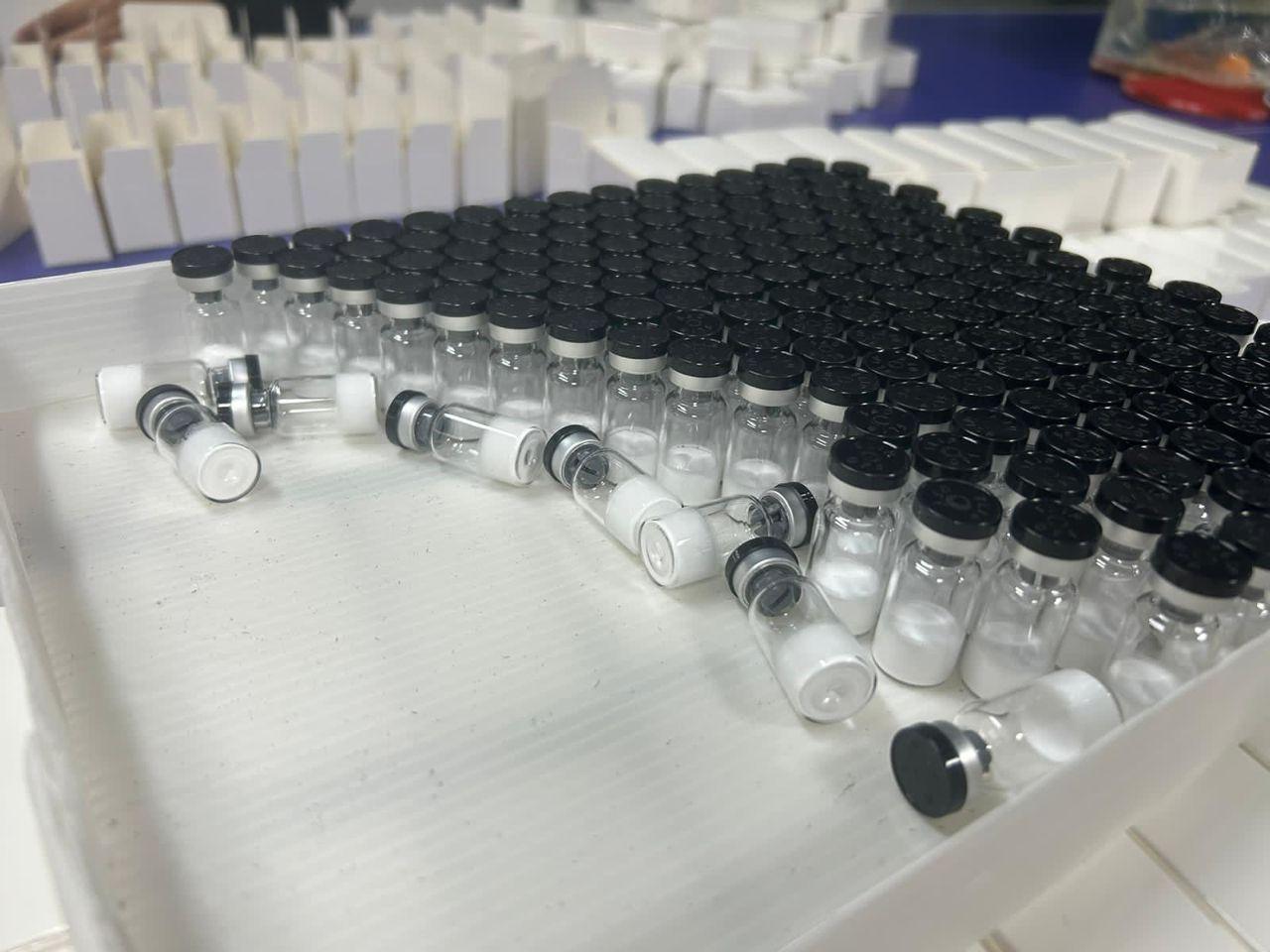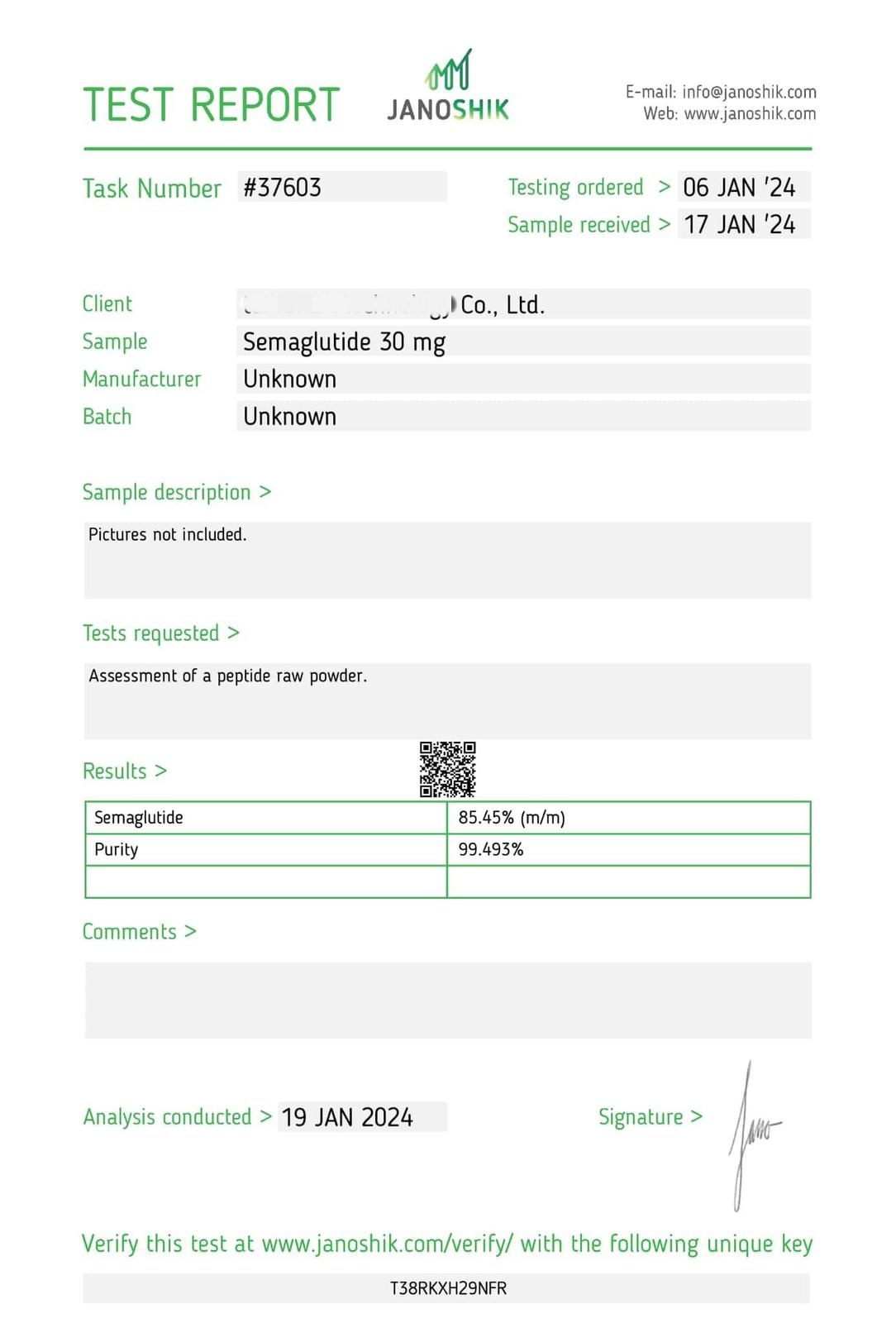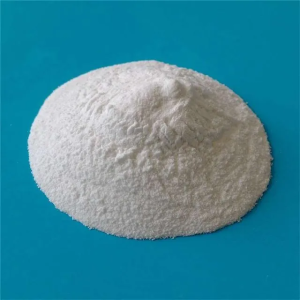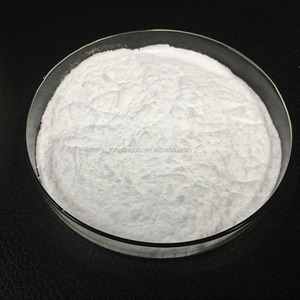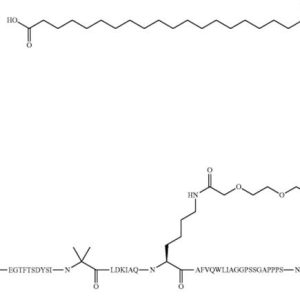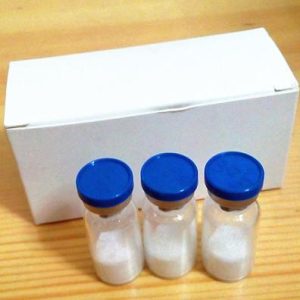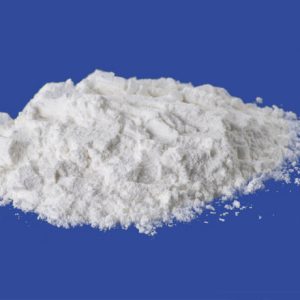Semaglutide ,is an antidiabetic medication used for the treatment of type 2 diabetes and an anti-obesity medication used for long-term weight management. Semaglutide peptide is indicated as an adjunct to diet and exercise to improve glycemic control in adults with type 2 diabetes.
Mechanism of action semaglutide weight loss
Sema is a glucagon-like peptide-1 receptor agonist. The drug decreases blood sugar levels. The decrease is theorized to be caused by the mimicking of the incretin glucagon-like peptide-1 (GLP-1). It also appears to enhance growth of pancreatic beta cells, which are responsible for insulin production and release. Additionally, it inhibits the production of glucagon, the hormone that increases glycogenolysis (release of stored carbohydrate from the liver) and gluconeogenesis (synthesis of new glucose). It reduces food intake by lowering appetite and slowing down digestion in the stomach, helping reduce body fat.
Semaglutide’s half-life in the blood is about seven days (165–184 hours). It can be administered by subcutaneous injection or taken orally (by mouth).
Semaglutide injection dose
The starting dose of Semaglutide is 0.25mg once a week. After 4 weeks, it should be increased to 0.5mg once a week. After at least 4 weeks of treatment with 0.5mg once a week, the dose can be increased to 1mg once a week to further improve blood sugar control levels. This product 0.25mg is not a maintenance dose. It is not recommended to exceed 1mg per week. Whether it is for lowering blood sugar or losing weight, the drug should be used according to the instructions, starting with a small dose. Everyone has different sensitivity to the drug, and some people have this gastrointestinal side effect. In fact, the most important thing is to intervene in lifestyle. Drugs only play a part. You must control your diet and strengthen exercise. Only on this basis can the drug be effective.
Semaglutide Side effects
Some common side effects of Semae include: nausea, vomiting, diarrhea, abdominal pain, and constipation may occur.
Less common but serious side effects of Sema include: kidney problems, diabetic retinopathy, allergic reactions, low blood sugar, and pancreatitis.
Pronunciation /sɛmˈæɡlʊtaɪd/ sem-AG-luu-tyde or /ˌsɛməˈɡluːtaɪd/ SEM-ə-GLOO-tyde
Trade names Ozempic, Rybelsus, Wegovy, others
Routes of administration Subcutaneous, oral
ATC code A10BJ06 (WHO)
Bioavailability 89%
Metabolism Proteolysis
Elimination half-life 7 days
Duration of action 63.6 h
Excretion Urine and feces
Semaglutide Chemical Properties
storage temp. Store at -20°C
solubility DMSO:3mg/mL (0.73 mM)
InChIKey DLSWIYLPEUIQAV-CCUURXOWSA-N
More Introduction:https://en.wikipedia.org/wiki/Semaglutide
